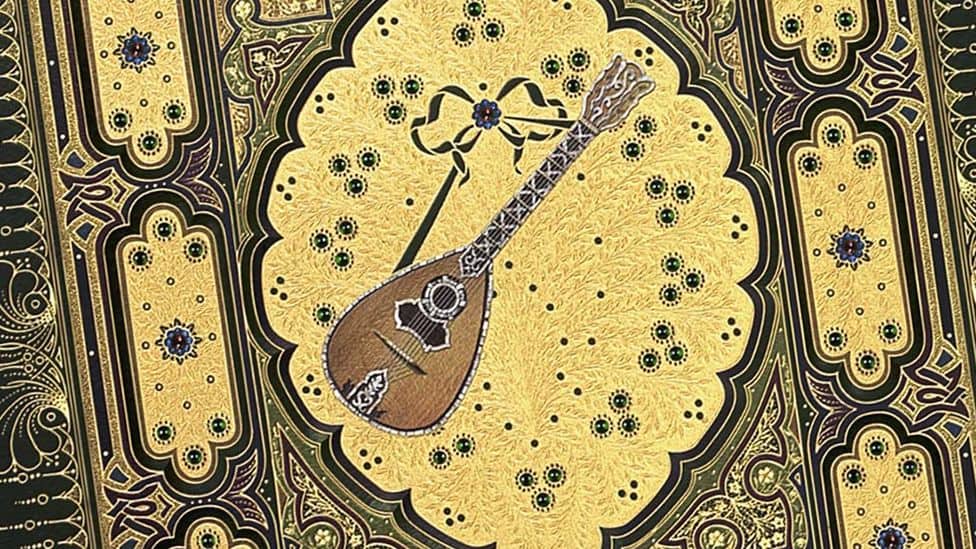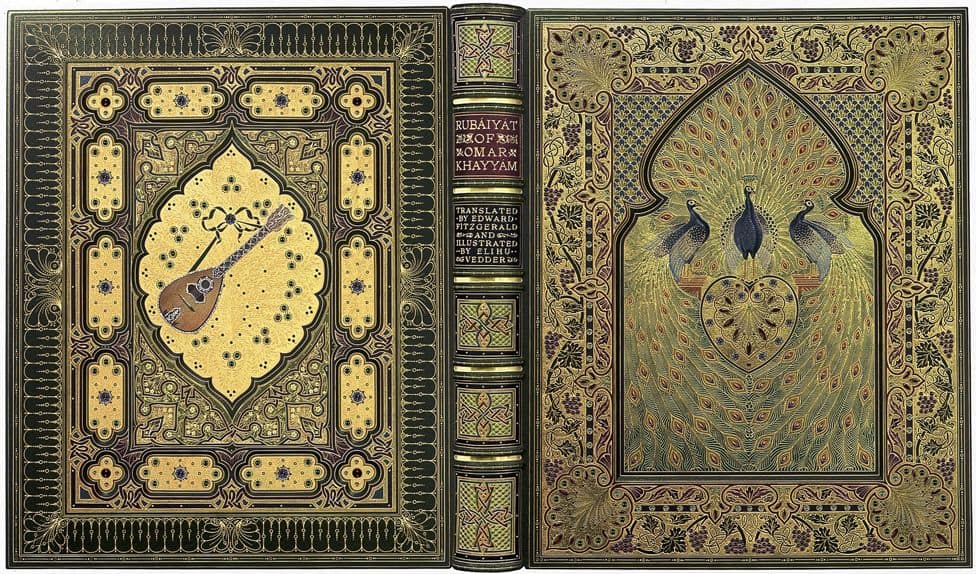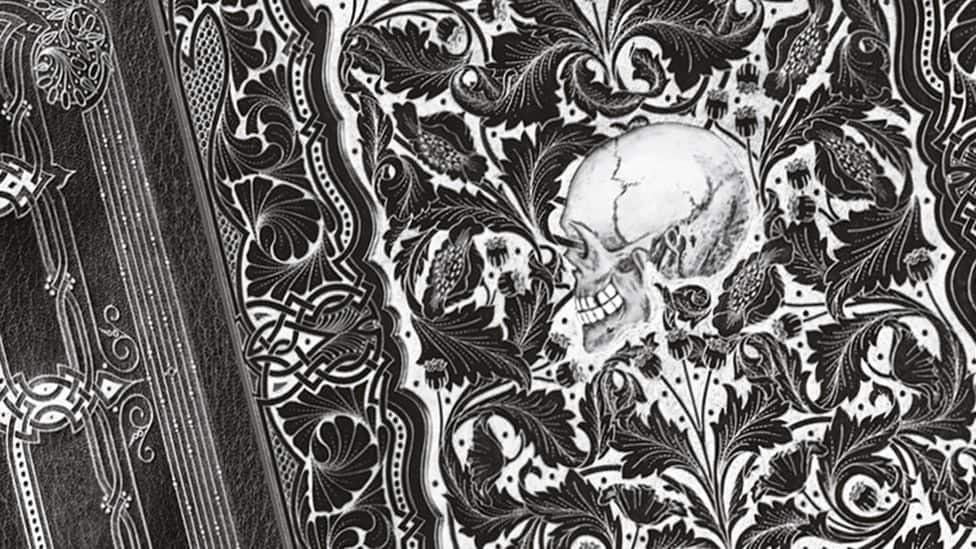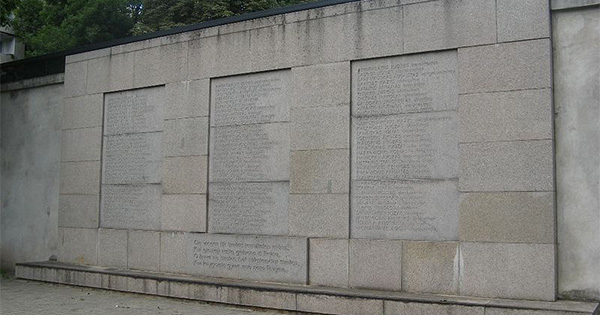The ‘Great Omar’, one of the most highly decorated books in the world, has been lost at sea and bombed during wartime, making it one of the unluckiest books ever to exist.
Rubáiyát of Omar Khayyám, known as Great Omar, was a book of poetry bejewelled and exquisitely decorated. It was sent from London to New York in April 1912 upon the infamous RMS Titanic where it was lost at the bottom of the sea after the ship struck an iceberg and sank.
It was replaced with a copy just as beautiful and expensive in the late 1930s, but it would not last long. This time the book was unfortunately destroyed in a fire caused as German bombers hit the England capital during the Blitz.
To pile tragedy upon tragedy, the man who created the amazing binding for the Great Omar drowned while at the seaside with his family.
Could this book really be cursed by disaster?

The first time the expensive binding was created was in 1911 by a man called Francis Sangorski, part of the team of book binders alongside George Sutcliffe. Sangorski had been toiling over the tome for 2 years before it was eventually finished, encrusted with over 1000 jewels, including rubies, emeralds, and topaz. The book measured 16in by 13in and was created with 5000 pieces of leather and 100sq ft of gold leaf.
Sangorski was a real stickler for detail. He had used a real human skull for reference, and even went as far as to get a zookeeper to feed a rat to a snake so he could capture the image properly.
“Real jewelled bindings were like Fabergé eggs,” explains Rob Shepherd, managing director of Shepherds, Sangorski & Sutcliffe – the 21st Century version of the original Edwardian company.
“They were of a level which would be very hard to replicate today as there’s been a loss of skills over the years. The trade in those days was very skilled. They were extraordinarily talented craftsmen.”

The book consisted of the front and back covers, the doublures, and two end leaves. It was adorned with peacocks, plants, skulls and symbols of life and death.
“It was the most extraordinary piece of work,” says Mr Shepherd. “It was very much of its time; the exuberance of Edwardian England just before war broke out.”
There was a little trouble in trying to sell the book and it was sent to America and back to the UK before eventually being sold at auction on March 29th in 1912. The London agent of Gabriel Wells paid £405 for it.
The book was then packaged up to be sent to America once again. It missed the first journey on April 6th, instead being sent on the next available ship- the RMS Titanic. When the ship sank, it took the Great Omar with it.
Just 10 weeks after this tragic event, Sangorski lost his life after being swept off his feet in the sea while on holiday with his wife and four children. The 37-year-old could not swim and died of drowning. His gravestone was designed by his book binding partner George Sutcliffe who had it engraved with the words “Life for him as a great master craftsman had only just begun.”

In 1924 Stanley Bray joined his uncle George Sutcliffe as an apprentice and decided one day to recreate the jewel-encrusted binding once again. He spent the entire 1930s painstakingly recreating the amazing book binding.
War broke out in Europe, and London was attacked by German Bombers. The book was wrapped in a protective cover and put in a safe. Unfortunately the protective cover and metal safe played a part in its destruction.
“It was essentially partly the protection that damaged it, so it was almost as a result of their efforts to keep it safe – it wasn’t safe – which I also find interesting, because the more you try to protect this book the worse you make it,” Mr Maggs says.
“So like with the Titanic, you think, ‘What’s the safest way to possibly send this book to America – surely the unsinkable ship is the safest way to send it?’ And so this book kind of consciously conspires against you and the more you try, the worse the result.”
Stanley Bray was not deterred, however, and he set about to recreate the book for the third and final time, using what he could salvage from the burned second copy.
This final copy of the Great Omar is now held by the British Museum.

Jurgis Bielinis and the Day of the Book Smugglers

Word of the Day – Nonpareil

10 Hot New Releases for May 2022



